The Invisible (Flash) Man
 Phoenix-based digital photo illustrator + re-touching artist + interactive Flash multimedia developer/designer Todd McQueen is seriously off the radar.
Phoenix-based digital photo illustrator + re-touching artist + interactive Flash multimedia developer/designer Todd McQueen is seriously off the radar.
You won’t find his physically fit, six-foot-five form mingling in big groups, running up and introducing himself at the local AIGA meeting, or hanging among the espresso-infused glow screens at Phoenix, Arizona’s local coffee havens for the creative design community.
A classic introvert, then?
“I don’t call myself an introvert,” said McQueen. “I’m happily independent. I don’t have to be around people, but I like to be around people. I like small groups of people. Especially people I know.”
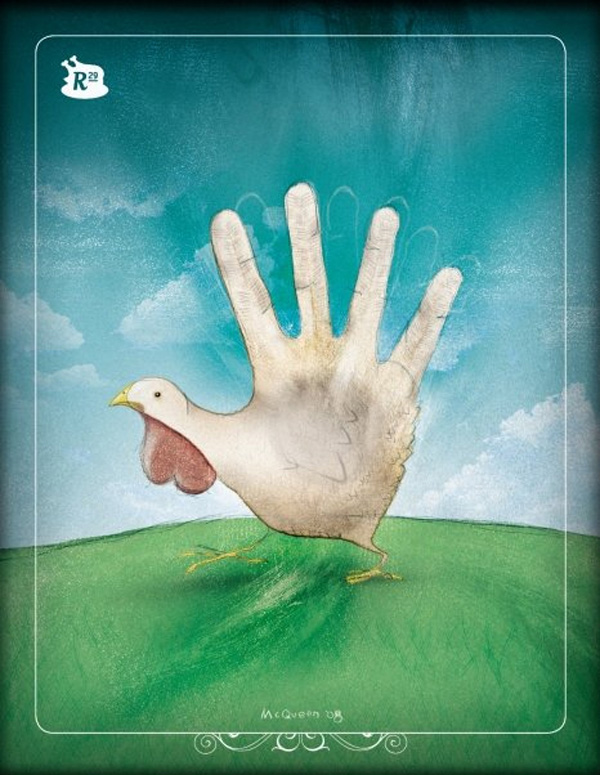
My Hand-Turkey
His connections are his clients. It’s been that way ever since he left Esser Design to fly solo nearly 10 years ago. Since then, he’s produced high-end print and new media work for Fortune 500 companies, plastic surgeons, architects, advertising agencies, wealth managers, law firms, custom home builders and other such clients from Los Angeles to New York, Scottsdale to Denver, Milwaukee to Chicago.
“I float like a cannonball”
(OH: @toddmcqueendpi – Sep 10)
Until quite recently, business has come to McQueen steady and strong. As many a reader in the graphic design, illustration, Flash world – I’ll just say it, the entire creative class – can personally confirm, after the economic bubble burst, the majority of us have been swimming in the soapy residue, slipping and sliding on what used to be solid and fertile client-finding ground.
As new bubbles expanded and evolved into social media creations like Twitter, Facebook and LinkedIn, independent/freelance/solo artist professionals like Todd McQueen (accustomed to creating business as usual), now find themselves in an unusual position: learn to fly or keep sinking.
The economy was swirling at high speeds before the wave finally hit your doorstep. Chart your career from childhood to the moment you realized something substantial had changed.
Todd – “I’ve been into art and drawing since grade school. In late high school, the only job in art I foresaw being able to earn a steady paycheck by was graphic design. At NAU (Northern Arizona University), I was originally an illustration major. This was in 1992 and 1993. But they killed the illustration program, so I shifted to graphic design. The program had one Mac for 150 graphic design students to share. In 1993, I started my internship at Esser Design. The industry was all digital back then. It was a big learning curve, but I ran with it. After my internship, they took me on as a junior designer. By 1996, I was handling all the studio’s digital imaging and photo illustration needs.”
During McQueen’s time at Esser, they won design awards by Communication Arts, Print magazine, HOW magazine, and the AIGA (American Institute of Graphic Arts).
Todd – “In February 2000, I left Esser and went out on my own. I was still doing only Photoshop-related work (retouching, manipulation and photo illustration jobs run a few hours to a week. I liked that). It wasn’t until 2003 that Flash started becoming a bigger piece of the pie.”
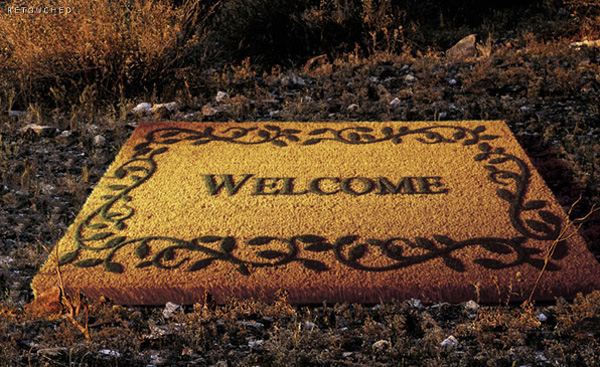
Retouched Image
By ‘retouching,’ McQueen means your basic color enhancement, correction and flaw/imperfection/unwanted subject matter removal type thing. This requires well-grounded technical expertise and a finely tuned aesthetic sense for the photo improvements to be such that the original image’s integrity is not only preserved, but actually intensified.
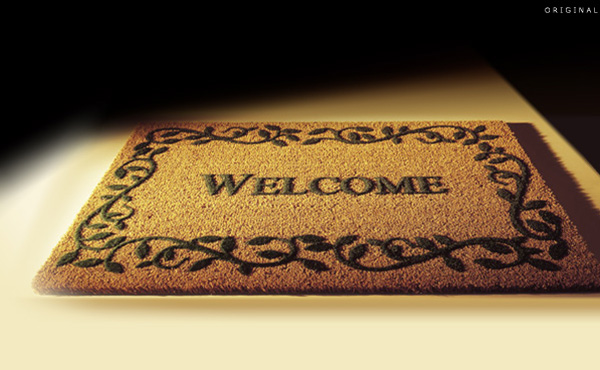
Original Image
You’ve just left Esser. You’re finally a freelancer. But everyone knows you can’t take your firm’s clients with you. How did you fill the gap?
Todd – “As digital imaging is a very small slice in the full spectrum of graphic design and marketing services, there was never any direct competition with my previous employer.”
Nice set up for any freelancer’s first time out. Nearly 10 years later and you’ve been going strong with clients casually built up through word of mouth and recommendations.
Todd – “But that doesn’t work as well in this struggling economy. Not any more.”
How did you set your rate when you first went freelance?
Todd – “I used the Graphic Artists Guild Handbook, and talked to other freelancers to see what they charged. On the images, I do a project estimate only. I don’t have a generic fee structure I list anywhere. I think when a company lists its prices on its website, it takes everything down a level. If I’m busy or the job is a rush, I might charge more or bid higher than normal.”
“I think it may be time to grow me a Moses beard. And eat locusts and wild honey.”
(OH: @toddmcqueendpi – Sep 30)
And he could do it, too. I mean, seriously, when someone like McQueen retouches photos ‘to improve even the best photographers work,’ or manipulates strong-willed photos with ‘Jedi-like mind tricks,’ or uses photo illustration ‘to invent a new reality via great ideas and exceptional execution,’ does it really come as a surprise that he’s considering a major change in how he markets himself?
For him, moving from one mode of client-gathering to another is not really about mastering new social media tools, practicing the extroverted-persons art at the trendiest networking soiree, or passing out his supercolor-fantastic, quad-folded, tiny-envelope like business cards (which are smoking cool, by the way). It’s really a question of how to make the best transition from to a more visible marketing realm.
As any Photoshop expert already knows, good Photoshop work is invisible. So in Photoshop, so in marketing; or the well-executed client pitch; or those days where a well-planned schedule suddenly turns into damage control. You still gotta get those deadlines done on time, so it’s practically all about the seamless transition from one image, one form, one plan, or one habit to another.
Speaking of seamless transitions and smooth flowing honey, a nice feature on the toddmcqueen.com Flash site is the ability to slide between ‘before’ and ‘after’ samples of his work by moving a vertical bar to reveal the layer underneath. Here’s the first image that really caught my eye:
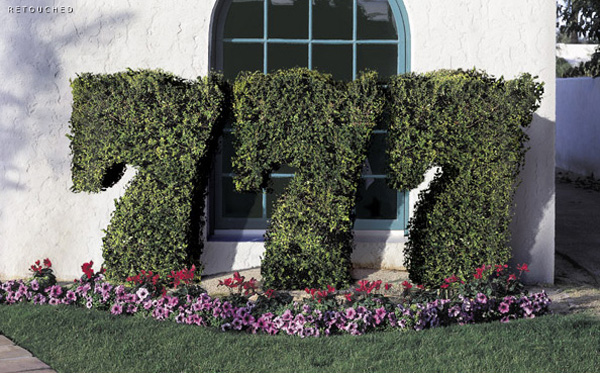
Retouched Image
Todd – “The 777 hedges is a great one. It’s one of my favorite image manipulations. It really expands on the full spectrum of photo retouching. The client wanted the hedges to look like Edward Scissorhands trimmed them, and so they gave me a rough drawing of a 777 hedge. I developed the final shot from a photo of a square block of real hedges.”
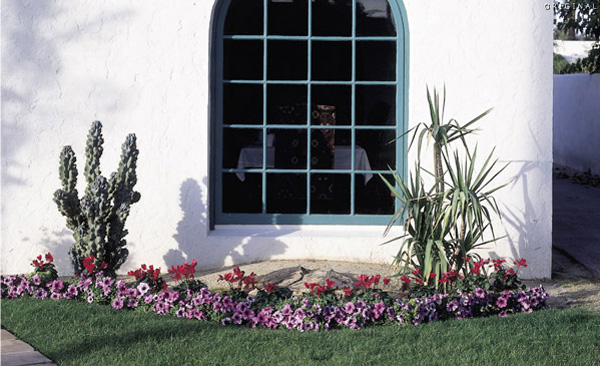
Original Image
Speaking of Edward Scissorhands, have you done any film work?
Todd – “I’m only one guy. I can’t be all things to all people. I gravitate to what I know and do my best in those things. I’d probably never get great at motion graphics and big after-affects and the like because I don’t have the time to devote to those things. But doing movie posters would be fun.”
A friend of mine says the question of where you spend your time is really a question of the quality of life you want. McQueen likes to spend time with his family, so his office is in his home. He loves that he gets to see his kids whenever he wants; any day, any time. Surprisingly, he says having kids isn’t as much of a distraction as you’d think. When they’re playing close by, as long as they’re not screaming, he can focus.
When I really need to block out distractions, I head to a coffee house and put on my headphones.
“It occurs to me that you might be glad to learn that I made a pretty righteous chicken salad for lunch today. So, yeah.”
(OH: @toddmcqueendpi – Oct 5)
Todd – “I could never do what I do in a coffee house; that would be a total distraction. For illustration, I don’t have to put in a lot of thought. It just flows. If I’m doing heavy script coding, though, I have to remove the kids and turn off the music so I can figure out the coding. I usually finish up work by dinnertime, though I’ll work in the evening if I have a deadline.”
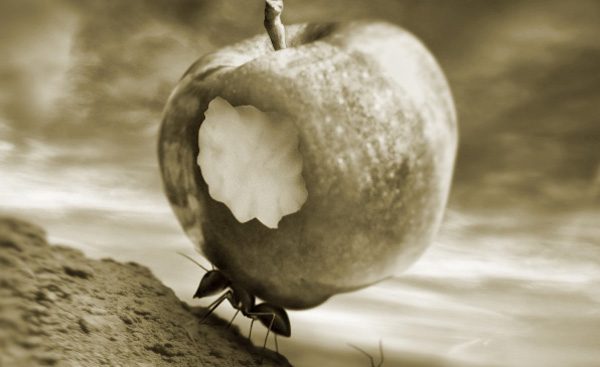
Todd – “That ant with the apple is my own photography. I’m a hack photographer and I can shoot a decent photo and make it work for the image I’m doing. Photoshop is where my magic happens.”
How often do you sketch out your work when you’re getting started on a project?
Todd – “For imagery, nine out of 10 times the client gives me a low-res comp of what they want to see. Then, I just execute it. Sometimes I get the fun jobs where the client only provides a pencil sketch on a napkin – like the ant carrying the apple with a bite out of it.”
Beyond retouching and photo illustration, about half your work is interactive Web sites. Is there much research required for that?
Todd – “My specialty is full Flash sites and multimedia pieces, like e-Tours and product demos. If I’m doing a client’s Web site I’ll interview them, do a lot of research, see what their competition is doing, etc. If I get an HTML (or non-Flash) Web site project, I have an HTML guy who codes anything I need, including heavy database stuff beyond standard HTML and CSS. My specialty is Flash. I’m not really an HTML programmer. For image work, clients usually know what I can do, know what they want and know what they want me to do, so there generally isn’t any research involved.”
“I just found a flip-flop in my closet that went MIA months ago. Not bad for a Monday.”
(OH: @toddmcqueendpi – Aug 10)
Some aspects of the environment in which he does business are what you’d expect. For example, you won’t be surprised to learn he only uses Macs. But spend a few minutes reading his tweets and you’ll find they’re short, to the point and refreshingly offbeat.
He has a 22″ and a 19″ monitor, one of which is a CRT because he doesn’t completely trust the color on an LCD. Also, he doesn’t use tablets. He’s an old -fashioned mouse guy. Like most people, I was surprised. It made me wonder how he could be accurate. “You zoom in,” he said. “You have to do that anyway, to keep it clean – even if you use a tablet.”
Getting back to McQueen’s current transitional period made me wonder about his thoughts on branding. In 2001, he positioned himself as a digital photo illustrator and his Web site portfolio showcased his expertise in advertising, collateral, editorial, packaging, etc. He has recently added a Web and interactive portfolio. “I would never have believed when I went on my own that by the year 2000, I would have to offer other services to survive. If I didn’t get into Web and multimedia stuff I would have been out of business long ago.”
Though he knows what the image will be used for initially, he rarely gets to see the image in context with its application. Oftentimes, he’s driving along somewhere and sees his work for the first time on a billboard.
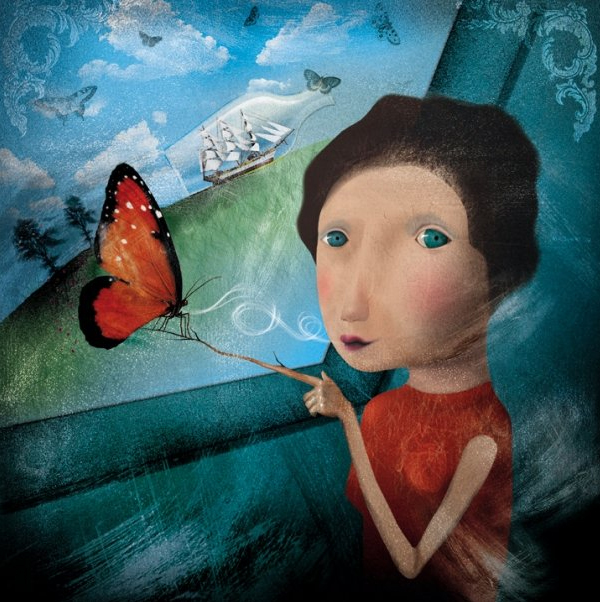
Lucy
“More Friday, please.”
(OH: @toddmcqueendpi – Aug 28)
In 1997, he landed his first big freelance illustration job: a calendar for Motorola. It was the first of many other such gigs. The other side of McQueen work is the challenge of keeping his emotional involvement in check. Apparently, he’s not the only one who relates to that client who forces us to make changes that we feel are killing the project.
Todd – “It is so subjective, either as a design job or an image. It’s a very emotional business. You’re fully invested in your creation and you want it to be as good as it can be. But in the end, they are the client and they need to be happy more than I need to have my way.”
In real-life terms, how do you give your clients what they want when your instincts say they need something else?
Todd – “When I work directly with the end-client, they have a more limited understanding of the best way to do things; like why you shouldn’t have a link that’s 10 words long. I try to educate them to want better things by presenting to them what they need before I give them what they told me they want. When I work with an art director, it’s up to them to educate their client.”
When a project is complete, how long before you hear from an inactive client for another job?
Todd – “Some right away. Some clients I may not hear from for a year.”
Do you sign over the global rights to your clients?
Todd – “On retouching jobs, the photographer holds the rights to the image. But if I create an image from scratch, I keep the rights and grant a usage license.”
What about contracts with clients. Do you always use them?
Todd – “Usually, I do. There’s an estimate with my contracts, and one-year unlimited usage is standard for me, unless it’s negotiated otherwise. One of my bigger agency clients has come back a few times to renew usage on various projects.”
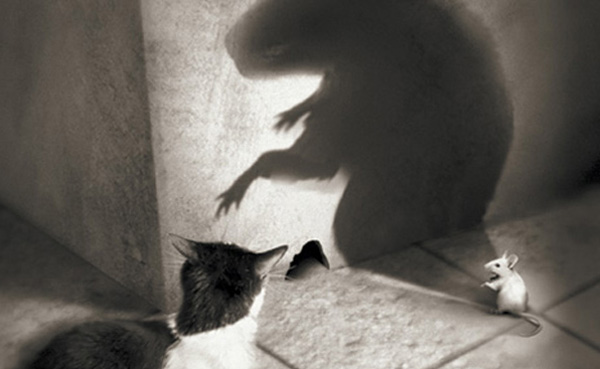
What advice would you give yourself if you could go back to 1993 when you were at NAU?
“No coffee today. At all.
First time ever.”
(OH: @toddmcqueendpi – Oct 10)
Todd – “Things are really tough now because we’re inundated with cheap stock images. A client can get a photo for $12, so a lot of clients aren’t doing so much image manipulation. More art directors are going freelance and they can do the real basic stuff themselves. I never imagined how much the market would change in these last 10 years. The best advice I’ve probably ever received in my career is as simple as ‘Don’t burn any bridges.’ Even if a job goes horribly. You always have to make the client happy, because you need the client.”
What can we expect from you in 2010?
Todd – “I’ve been developing a pure illustration style. I do it in Photoshop but it’s not remotely Photo-shoppy. It doesn’t look like digital illustration. Once I develop a fuller portfolio, I’ll make that an offering. Also, I’ll be reaching out to existing and potential clients by doing mailings (like postcards, recent Web projects and images, etc.) – seeking out new clients instead of just letting them to come to me. I’ve been a terrible marketer to date.”
“Nice morning, eh, penguin?”
(OH: @toddmcqueendpi – Sep 16)
On Oct 12, 2009, just a few weeks after his comment about being “a terrible marketer to date,” McQueen topped over a hundred submissions with this winning entry to the Phoenix Design Week poster contest:
The big prize? A copy of his poster in every Phoenix Design Week swag bag. In the words of 2Advanced.com’s Eric Jordan (next month’s Brainfuel.tv feature profile), “Do what you love and the rest will follow.”
Go, Todd McQueen. Go.
 Phoenix-based Wordsmith/Ghostwriter Joey Robert Parks knows a thing or two about invisibility. He takes great pleasure in bringing out the best in others and says ghostwriting is “like acting on the page instead of the stage”. He can next be seen on November 3rd at Ignite Phoenix, where he’ll give a 5-min talk called, “S{ubterranean} E{nglish} E{xposed}”. Go here for details, or write him at joey@joeyrobertparks.com. He’d love to hear from you.
Phoenix-based Wordsmith/Ghostwriter Joey Robert Parks knows a thing or two about invisibility. He takes great pleasure in bringing out the best in others and says ghostwriting is “like acting on the page instead of the stage”. He can next be seen on November 3rd at Ignite Phoenix, where he’ll give a 5-min talk called, “S{ubterranean} E{nglish} E{xposed}”. Go here for details, or write him at joey@joeyrobertparks.com. He’d love to hear from you.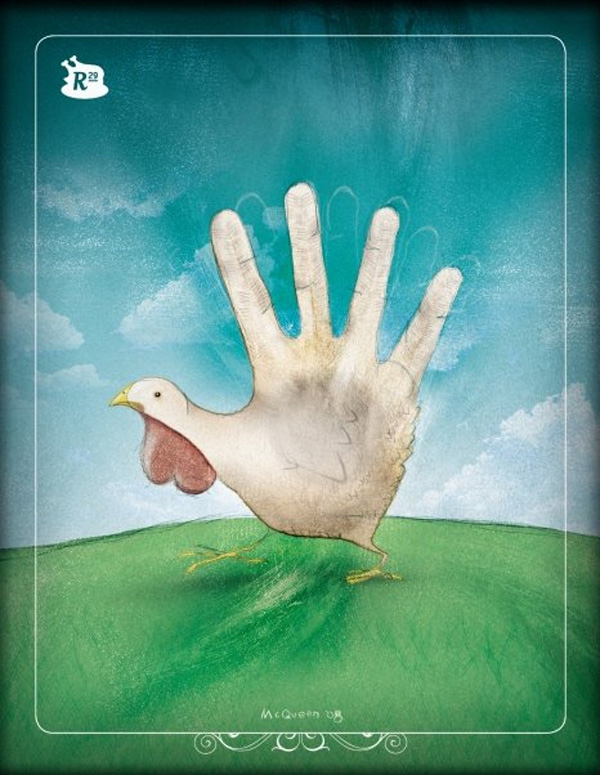
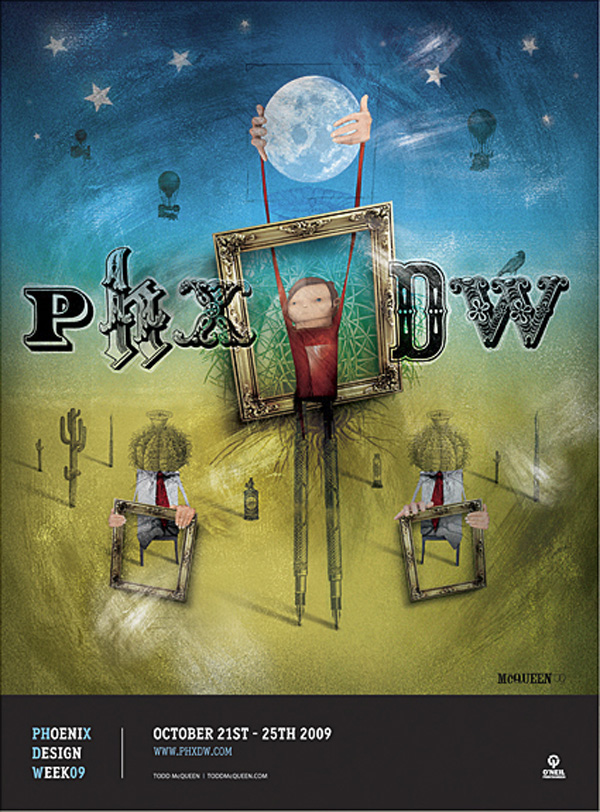
5 responses to “Todd McQueen: Digital Photo Illustrator”
Awesome profile. 🙂
Hey that’s me! Sweet new redesign, guys. Looks good.
Wow! Very nice!
Nice interview, and great work by Mr. McQueen!
Joey, great article and thanks for helping out BrainFuel and doing these interviews.